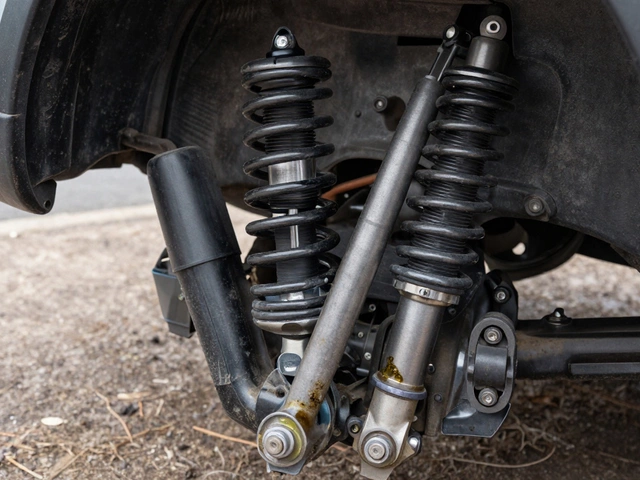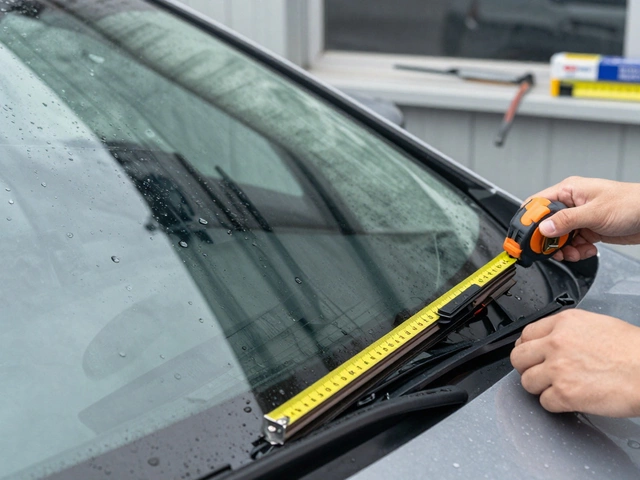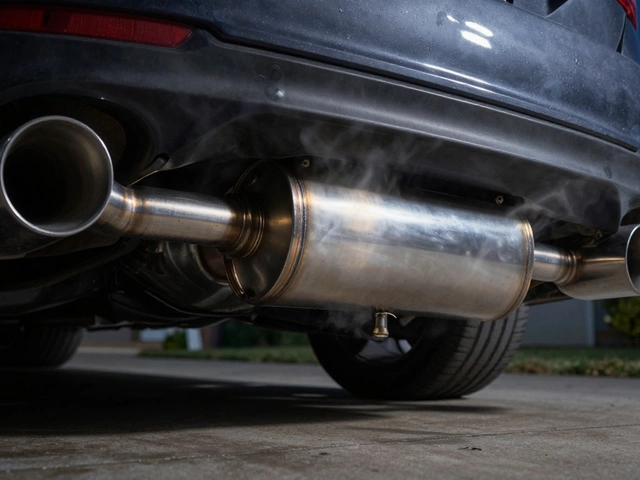Radiator Replacement: Costs, Signs, and What You Need to Know
When your car starts radiator replacement is often the fix you can’t ignore. A failing radiator doesn’t just make your engine run hot—it can destroy it fast. The radiator is part of your car’s cooling system, a car radiator, a metal heat exchanger that circulates coolant to pull heat away from the engine. Also known as a cooling radiator, it’s one of the few parts that can quietly kill your engine if it leaks, clogs, or cracks. You won’t always hear it go bad. No warning light, no loud noise. Just a slow rise in temperature, a puddle under your car, or steam rolling out from under the hood.
Most radiator failures start small: a coolant leak, a slow drip from a cracked hose, corroded fitting, or pinhole in the radiator core. Also known as antifreeze leak, this is often the first sign you’re dealing with radiator trouble. Over time, that leak turns into a full breakdown. Rust builds up inside the tubes, blocking coolant flow. Plastic end tanks crack from heat stress. Even a small dent from road debris can cause a slow failure. If you’ve noticed your temperature gauge creeping into the red zone, or your car overheats after a short drive, you’re not just being paranoid—you’re seeing the symptoms of a radiator that’s done.
Replacing a radiator isn’t just about swapping parts. It’s about protecting your engine from catastrophic damage. A blown head gasket, warped cylinder head, or seized engine can cost thousands. A radiator replacement? In the UK, it typically runs between £250 and £600, depending on your car model, the radiator type, and labor rates. Some luxury or older models need custom parts and take longer, pushing the price higher. But here’s the thing: if you wait too long, the cost won’t be just the radiator anymore—it’ll be your whole engine.
Not every overheating car needs a full radiator replacement. Sometimes it’s just a faulty thermostat, a broken fan, or a low coolant level. But if you’ve checked those and the problem keeps coming back, the radiator is the next likely suspect. That’s why knowing the signs matters. Look for discolored coolant, a sweet smell from the engine bay, or bubbles in the coolant reservoir. Those aren’t normal. They mean air is getting into the system—often because the radiator can’t hold pressure anymore.
And if you’re thinking about DIY? It’s doable on some cars, but not all. Some radiators sit deep behind the engine, require draining the whole cooling system, and need special tools to disconnect hoses and electrical connectors. One wrong move and you’re leaking coolant everywhere. Most people end up saving time—and money—by letting a pro handle it, especially if they’re not sure what they’re looking at.
Below, you’ll find real guides from people who’ve been there: how to spot a bad radiator before it leaves you stranded, what actually drives the cost of a replacement, why some leaks are fixable and others aren’t, and how to avoid getting overcharged. These aren’t theory pieces. They’re the kind of advice you wish you’d read before your car sat on the side of the road.








